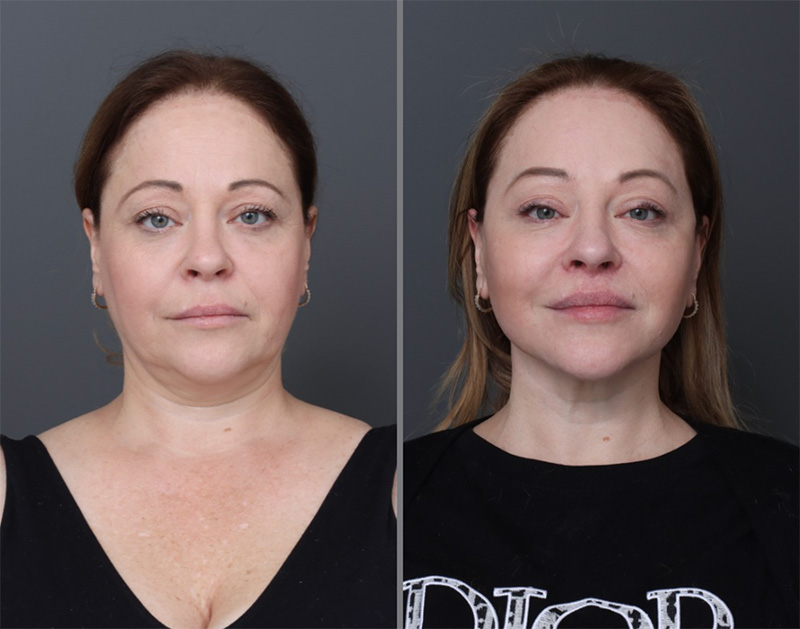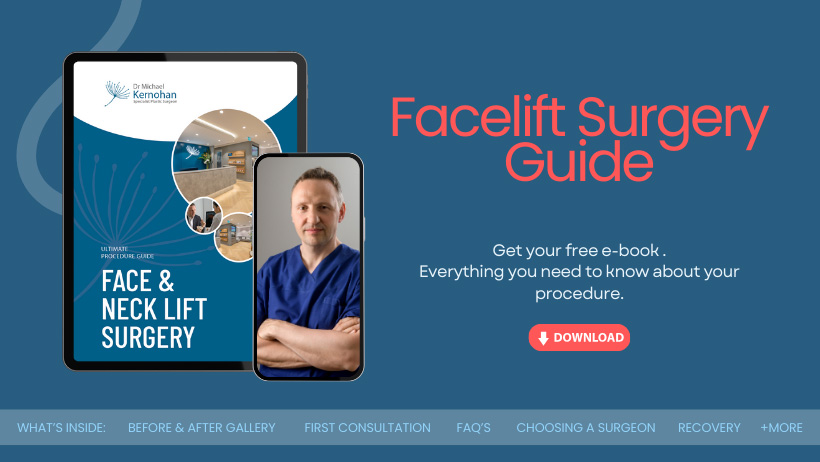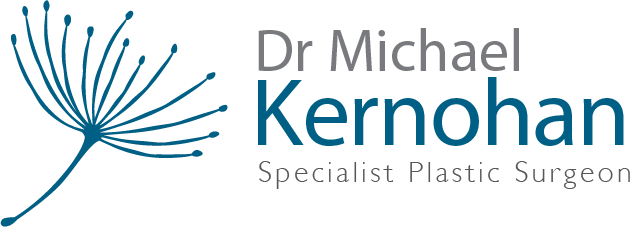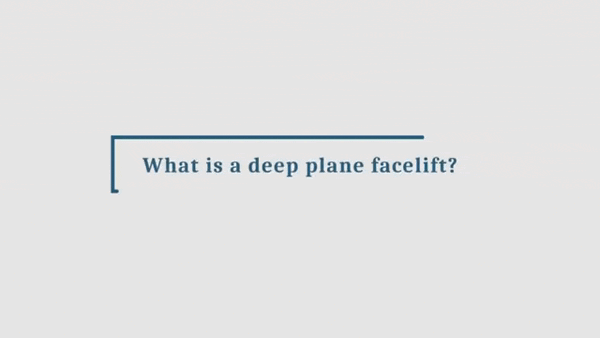Deep Plane Facelift Sydney with Dr Kernohan
A deep plane facelift is a surgical procedure designed to address excess, loose skin, deep wrinkles, and loss of volume in the mid to lower face and neck. Unlike traditional facelifts, this technique lifts and repositions the deeper layers of facial tissue, including the muscles and fat. By targeting these deeper structures, a deep plane facelift can achieve a refreshed appearance with less tension on the skin, reducing the risk of an “over-pulled” look.
The procedure is generally performed on people aged between 40 and 65, but older people can also have facelifts too.
Dr Michael Kernohan is a specialist plastic surgeon that regularly performs facial surgeries in Southwest Sydney. Find out more about what a deep plane facelift procedure involves, the range of recovery time, the benefits and risks of surgery.
Benefits of Deep Plane Facelift
The potential benefits of the procedure include, but are not limited to:
- Targeting deeper structures helps achieve results that can last longer compared to other more superficial facelift techniques.
- Addresses multiple signs of ageing in the mid to lower face and neck, including excess skin, deep wrinkles, and loss of volume.
- Effectively lifts the midface, which can improve the appearance of nasolabial folds and marionette lines.
- It can increase the definition to your jawline, cheekbones and neck
- The procedure redistributes fat and can improve volume to your cheeks
- The procedure can be tailored to address the specific ageing concerns and anatomy of each patient.
Is Deep Plane Facelift Right for Me?
Deep Facelift Surgery is a highly customised procedure and is not suitable for everyone. Dr Kernohan will assess your face, medical history, general health and plan the treatment that is best suited to you. You may be an ideal candidate for deep plane facelift surgery if:
- You experience excess, loose skin in the middle of the face
- You have deep creases that extend from the nose to the corner of the mouth
- You are in good health condition and do not struggle with any chronic conditions that could interfere with the healing process
- You do not smoke or can quit it for a specified time period
- You have realistic expectations from the treatment

Your Deep Plane Facelift Consultation with Dr Kernohan Plastic Surgeon
Ensure your consultation is with an accredited plastic surgeon who is registered with AHPRA as a specialist in plastic surgery. Dr Kernohan will ask you about your general health and examine you as required.
If, after careful assessment, you are suitable for deep plane facelift surgery expect to discuss the type of surgery, principles of the operation, likely outcomes and potential risks of surgery.
Key points to discuss at the consultation include:
- Your expectations and the expected outcomes of surgery
- The steps of the procedure
- The potential benefits to you of the surgery
- Any concerns about surgery risks, complications or limitations
What to Expect with Deep Plane Facelift?
The procedure is usually performed under general anaesthesia to ensure you sleep comfortably throughout the procedure. Then Dr Kernohan will mark your skin for creating incisions. It is important to note that the focus of deep plane facelift is under the muscle.
Once the incisions are made, Dr Kernohan will cut and release various ligaments to achieve the desired results. The key step here is the deep manipulation of tissues. The muscle flap will be suspended and sutured.
Click to Download Dr Michael Kernohan’s Facelift Surgery Guide

Recovery after Deep Plane Facelift
First things first, you need to take at least two weeks off from work. Expect to have quiet time at home for the first week with no heavy lifting or strenuous work. During the first week, you will need support with groceries, housework and care of small children and pets.
Multiple variables contribute to healing. Your genetics, lifestyle, age and how well you take care of yourself play a huge role in recovery. Expect to have bruising and swelling for the first few weeks post-surgery. These effects will usually dissipate in a month or two.
You will have bandages on for the first two or three days. Make sure to keep your incisions clean and dry and take care of them as per the instructions given by Dr Kernohan. You will be asked to come in for a follow-up appointment approximately a week after the surgery to get the stitches removed.
Take your pain killers and antibiotics on time to help with the discomfort and post-surgical pain. Sleep with your head in a slightly elevated position. Eat a healthy diet as nutrition plays a huge role in recovery.
Scarring with a deep plane facelift is typically hidden, however, it can take 12 to 18 months for the scars to completely heal.
Risks of Deep Plane Facelift Surgery
All surgery has risks and potential complications, Dr Kernohan will explain the risks during your consultation and your consent documentation will explain the risks in detail. You can never ask too many questions. Please do not hesitate to ask for clarification or a more detailed explanation.
Check plastic surgery risks page for more details.

How much is a Deep Plane Facelift Surgery in Sydney?
If you want to undergo a deep plane facelift surgery in Sydney, expect to pay between $25,000 to $45,000 for the surgery.
Check out the prices and fees page for more information. Or contact Dr Kernohan’s team to set up a consultation.
Finding the Right Deep Plane Facelift Surgery surgeon in Sydney?
Choosing the right plastic surgeon to perform your surgery is one of the most important steps. An experienced, qualified plastic surgeon can help you achieve the results you desire and reduce the risks and complications that could occur during the recovery period.
Make sure to take your time in choosing the plastic surgeon for your deep plane facelift surgery in Sydney. The plastic surgeon should be someone you can connect with and speak freely and honestly about your goals and expectations. Here are a few tips that can help, make sure that:
- The surgeon is board-certified and has FRACS
- They have a lot of experience in performing deep-plane facelift procedures
- The surgery is performed in a highly equipped surgical facility
1. Ask Around
The next step is to find people in your circle and extended circle who might have a friend who has had the same procedure done. If you find one, ask them about their experience. You can also ask your local GP to recommend you some plastic surgeons in your area.
If you can’t find anybody who has a deep plane facelift, make sure you do your research.
2. Credentials and Experience
Now that you have a list of surgeons, visit their websites and have a close look at their credentials and experiences. Make sure that they perform deep plane facelift as one of their primary procedures.
3. Attend a Consultation
Attend a consultation with at least three plastic surgeons. You can discuss your concerns with all of them and select one based on how comfortable you feel with them.

Deep Plane Facelift FAQs
Here is a list of frequently asked questions we get regarding deep plane facelift:






